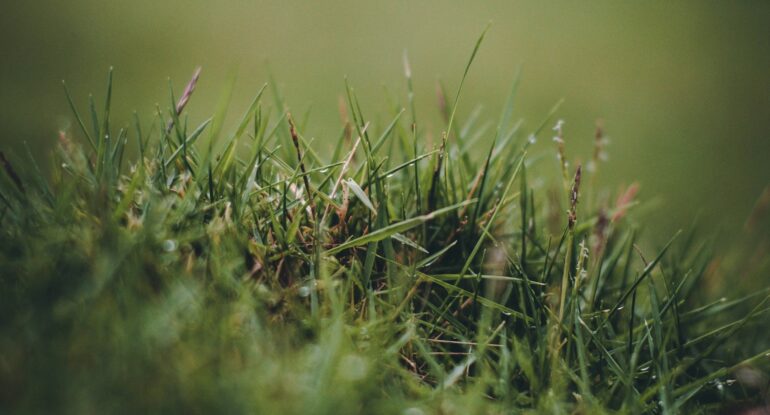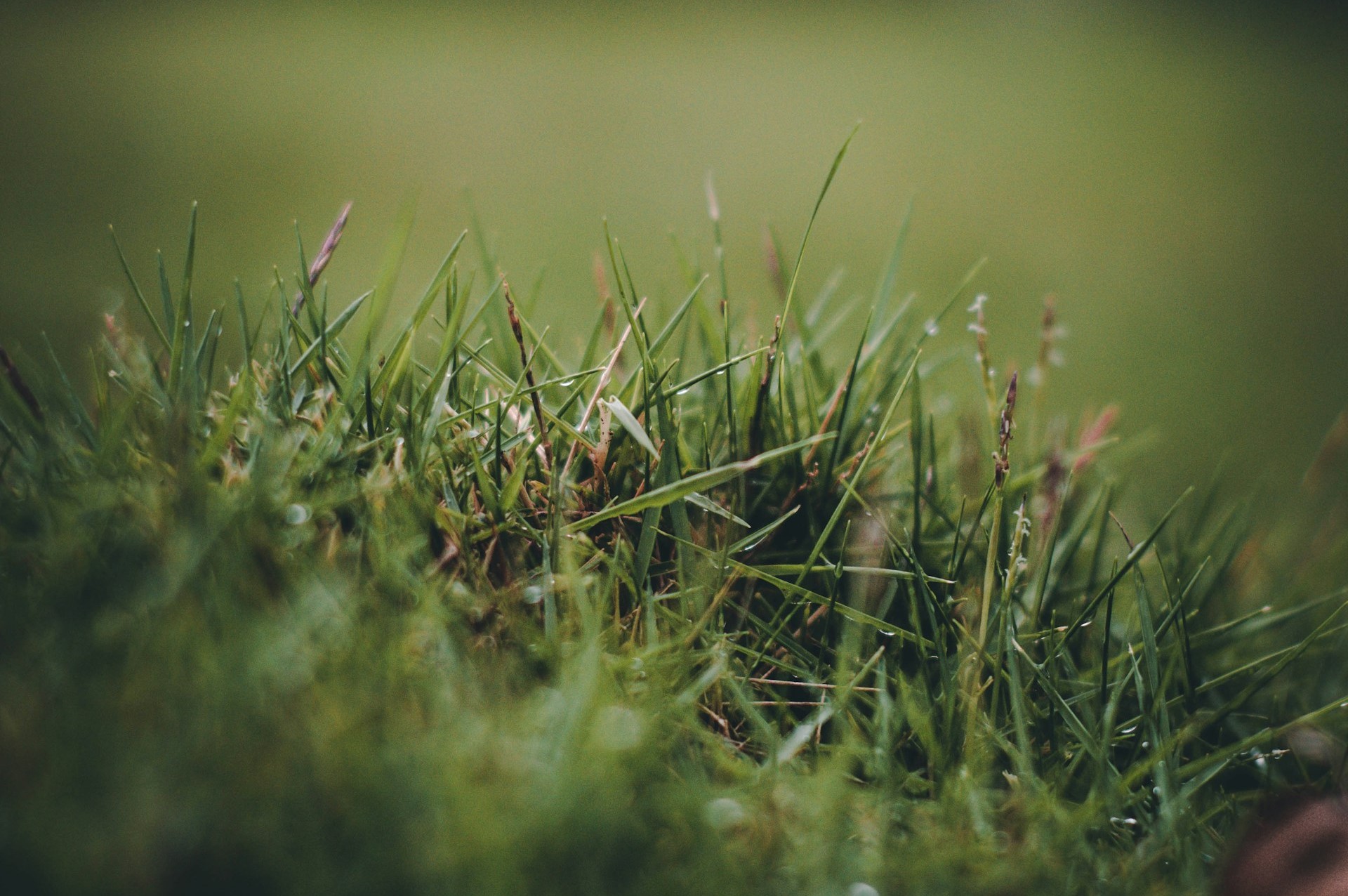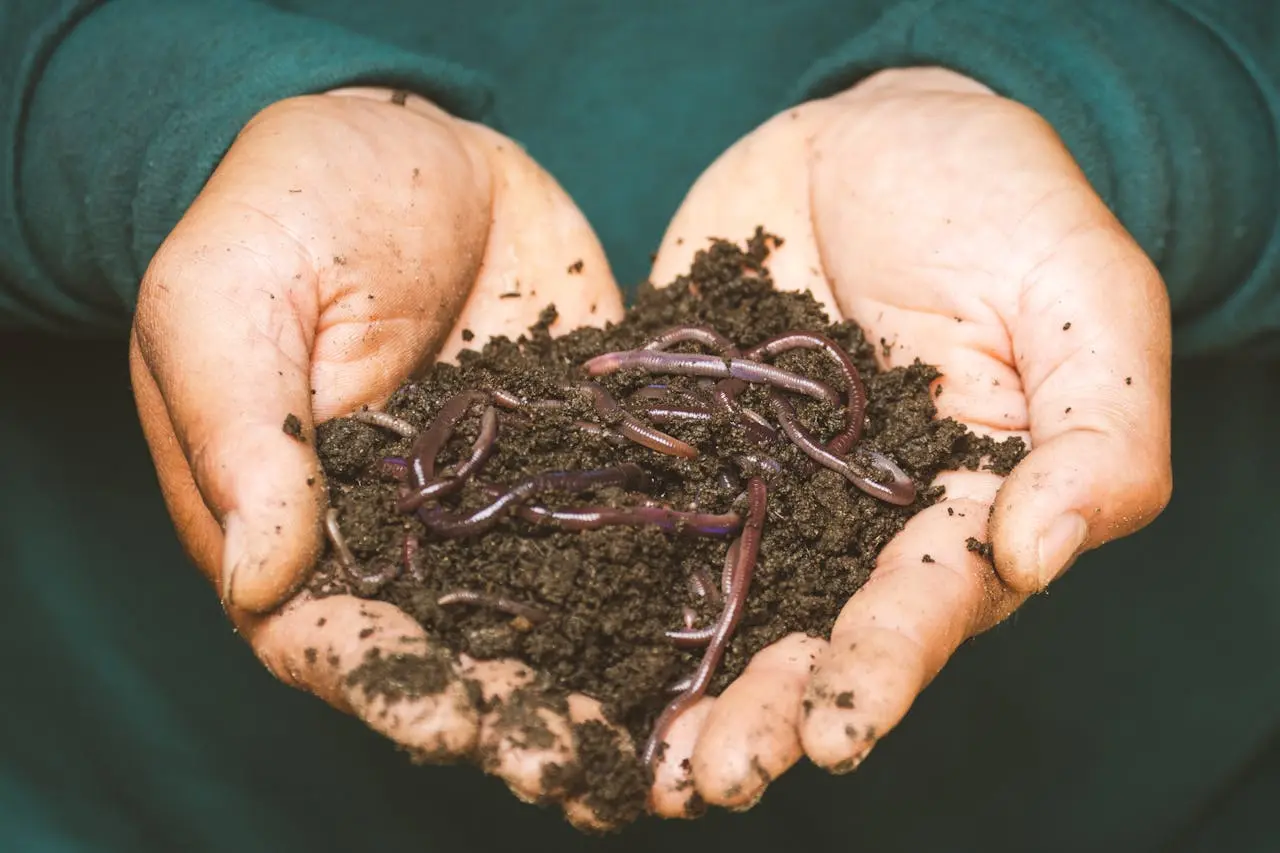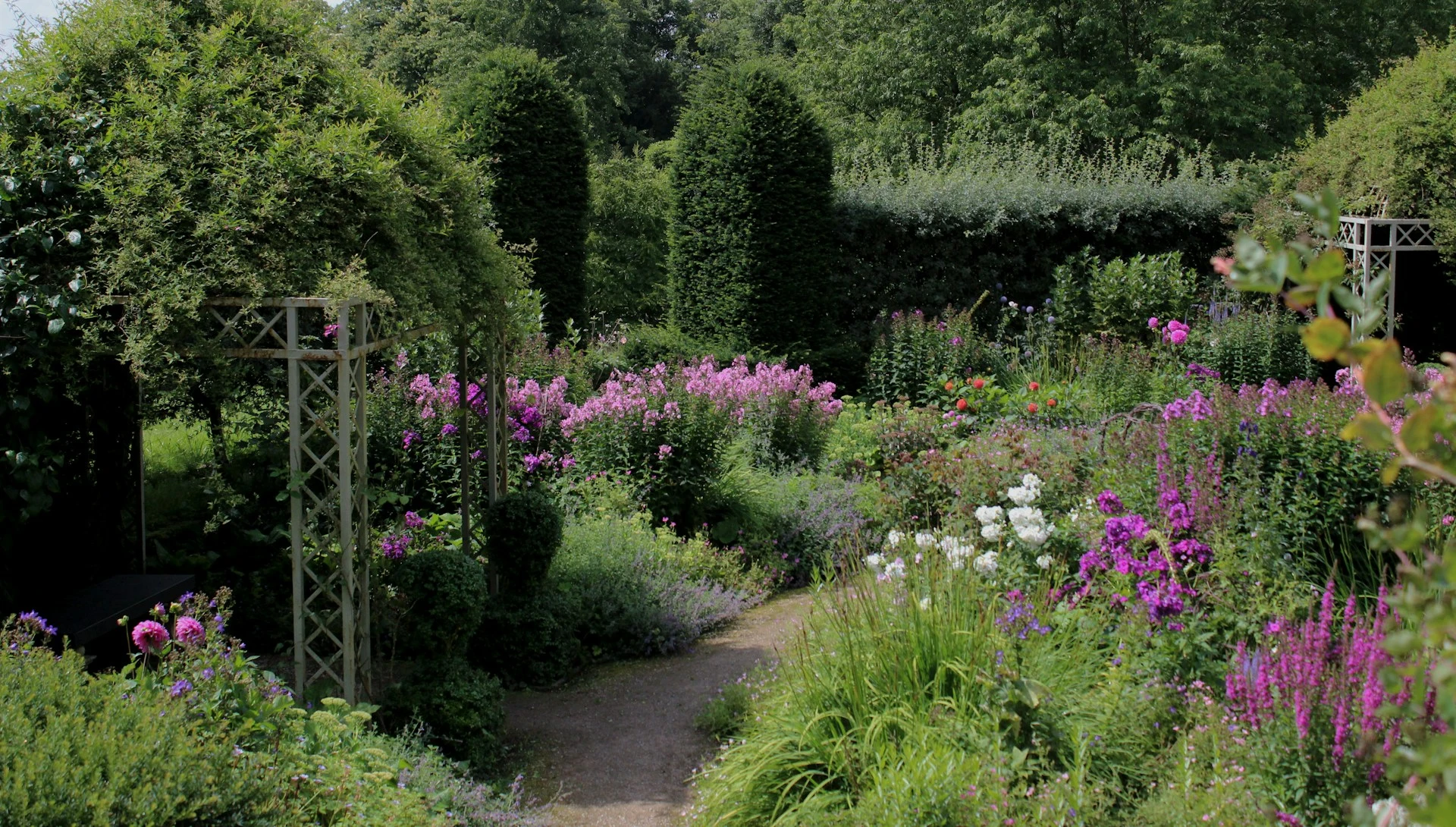In this blog post, we’ll cover:
ToggleHow to Fix Patchy St Augustine Grass: A Comprehensive Guide
Having a lush, green St Augustine lawn is a dream for many homeowners. However, maintaining a healthy Augustine grass lawn can be challenging, especially when dealing with patchy areas. Whether caused by fungus, pests, or improper lawn care practices, patchy St Augustine grass can be an eyesore and a source of frustration. But fear not, with the right knowledge and approach, you can revive your Augustine lawn and restore its beauty.
Understanding Patchy St Augustine Grass
What Causes Patchy St Augustine Grass?
Patchy St Augustine grass can be caused by various factors, including:
- Brown Patch Fungus: This common fungus thrives in warm, humid conditions and can cause large, irregular brown patches in your lawn.
- Chinch Bugs: These tiny insects feed on the grass, causing yellow or brown patches that can eventually turn into bare spots.
- Improper Watering: Both overwatering and underwatering can lead to patchy grass, as it stresses the plant and makes it more susceptible to diseases and pests.
- Nutrient Deficiencies: Lack of essential nutrients like nitrogen, phosphorus, and potassium can result in patchy growth and discoloration.
- Compacted Soil: Compacted soil restricts air and water flow, leading to poor root development and patchy growth.
The Impact of Lawn Care Practices
Improper lawn care practices can also contribute to patchy St Augustine grass. For example, mowing too low can stress the grass and make it more vulnerable to diseases and pests. Additionally, excessive thatch buildup can prevent water and nutrients from reaching the roots, leading to patchy growth.
Diagnosing Brown Patch Fungus
Signs and Symptoms of Brown Patch in St Augustine Grass
Brown patch fungus is one of the most common culprits behind patchy St Augustine grass. Here are some signs to look out for:
- Irregular brown patches that can range from a few inches to several feet in diameter
- Dark, purplish-gray rings around the edges of the patches
- Thin, wilted, or dying grass blades within the affected areas
Preventing Brown Patch Fungus
To prevent brown patch fungus, follow these tips:
- Water in the morning: Watering in the evening can leave your lawn damp overnight, creating ideal conditions for the fungus to thrive.
- Avoid overwatering: Excessive moisture encourages fungal growth.
- Fertilize properly: Use a balanced fertilizer and avoid excessive nitrogen, which can promote lush growth that’s more susceptible to disease.
- Improve air circulation: Prune trees and shrubs to allow better air flow and sunlight penetration.
Lawn Care Essentials for Augustine Grass
Mowing and Watering Best Practices
Proper mowing and watering practices are essential for maintaining a healthy Augustine lawn. Here are some tips:
- Mowing Height: Mow your St Augustine grass at a height of 3-4 inches. Cutting it too short can stress the grass and make it more vulnerable to pests and diseases.
- Sharp Blades: Use sharp mower blades to prevent tearing the grass, which can make it more susceptible to diseases.
- Watering Schedule: Water your lawn deeply and infrequently, providing about 1 inch of water per week. Avoid frequent, shallow watering, which can encourage shallow root growth and make the grass more susceptible to drought stress.
Fertilizing Your Augustine Lawn
Proper fertilization is crucial for maintaining a healthy Augustine lawn. Here’s what you need to know:
- Fertilizer Type: Use a balanced fertilizer with a ratio of 3-1-2 or 4-1-2 (nitrogen-phosphorus-potassium).
- Application Schedule: Fertilize your lawn in early spring, late spring, and early fall. Avoid fertilizing during the summer months, as it can stress the grass.
- Soil Test: Conduct a soil test to determine the specific nutrient needs of your lawn and adjust your fertilizer accordingly.
Treating and Preventing Bare Spots
Identifying the Cause of Bare Areas
Before treating bare spots in your St Augustine lawn, it’s essential to identify the underlying cause. Common causes include:
- Pest Infestations: Chinch bugs, grubs, and other pests can create bare spots by feeding on the grass roots or blades.
- Fungal Diseases: Diseases like brown patch and take-all root rot can cause large, bare patches in your lawn.
- Heavy Traffic: Areas with high foot or vehicle traffic can become compacted, leading to bare spots.
- Nutrient Deficiencies: Lack of essential nutrients can cause the grass to thin out, creating bare areas.
Repairing Bare Spots in Your Lawn
Once you’ve identified the cause, you can take steps to repair the bare spots. Here are some options:
- Overseeding: For small bare spots, you can overseed with St Augustine grass seed. Keep the area moist until the new grass is established.
- Sod or Plugs: For larger bare areas, consider using sod or plugs of St Augustine grass. This will provide an instant solution and help the grass spread more quickly.
- Top-dressing: Apply a thin layer of topsoil or compost over the bare spots to provide nutrients and encourage new growth.
Weed Management in St Augustine Grass

Common Weeds in Augustine Lawns
Weeds can be a persistent problem in St Augustine lawns. Some common weeds to watch out for include:
- Crabgrass: This annual grassy weed can quickly take over thin or bare areas in your lawn.
- Dandelions: These broadleaf weeds can spread rapidly and are difficult to control once established.
- Clover: While not necessarily harmful, clover can be unsightly and indicate nutrient deficiencies in your lawn.
Preventative Measures and Maintenance
The best way to manage weeds is through preventative measures and proper lawn care:
- Maintain Thick Growth: A thick, healthy St Augustine lawn will naturally outcompete weeds for resources.
- Proper Mowing: Mow at the recommended height and remove no more than one-third of the grass blade at a time.
- Fertilization: Proper fertilization will promote thick, healthy growth and make your lawn more resistant to weed invasions.
- Pre-emergent Herbicides: Apply pre-emergent herbicides in early spring to prevent annual weeds from germinating.
Advanced Lawn Care: Beyond the Basics
Dealing with Chinch Bugs and Other Pests
Chinch bugs are a common pest that can wreak havoc on St Augustine lawns. Here’s how to deal with them:
- Identify the Infestation: Look for irregular patches of yellow or brown grass, especially in sunny areas.
- Use Insecticides: Apply insecticides specifically labeled for chinch bug control, following the manufacturer’s instructions.
- Encourage Beneficial Insects: Attract beneficial insects like ladybugs and lacewings, which feed on chinch bugs.
Other common pests that can affect St Augustine grass include grubs, armyworms, and sod webworms. Proper identification and targeted treatment are essential for effective pest control.
Aeration and Dethatching
Aeration and dethatching are essential practices for maintaining a healthy St Augustine lawn:
- Aeration: This process involves removing small cores of soil from your lawn, allowing better air and water penetration to the roots. Aerate your lawn at least once a year, preferably in early spring or fall.
- Dethatching: Thatch is a layer of dead plant material that can accumulate between the soil and the grass blades. Excessive thatch can prevent water and nutrients from reaching the roots. Dethatch your lawn when the thatch layer exceeds 1/2 inch in thickness.
| Practice | Frequency | Benefits |
|---|---|---|
| Aeration | Once a year | Improves air and water penetration, promotes root growth |
| Dethatching | As needed | Prevents thatch buildup, allows water and nutrients to reach roots |
Conclusion: Maintaining a Lush Augustine Lawn
Reviving and maintaining a lush St Augustine lawn requires a combination of proper lawn care practices, timely interventions, and a bit of patience. By following the tips outlined in this guide, you can address patchy areas, prevent future problems, and enjoy a beautiful, healthy Augustine grass lawn for years to come.
Remember, hiring a professional lawn care service can be a wise investment if you find yourself struggling to keep up with the demands of your St Augustine lawn. Professionals like our crew of lawn care pros, have the expertise and equipment to diagnose and treat issues effectively, ensuring your lawn stays in top condition year round. So, if you’re in the Dallas-Fort Worth Area and feel like you’d like a little extra help from your go-to lawn care pros, give us a call at (214) 885-3818 or book a free quote on our website!
So, whether you’re tackling patchy areas, battling pests, or simply want to maintain a lush, green oasis, this comprehensive guide will provide you with the knowledge and tools you need to achieve your dream Augustine lawn.











